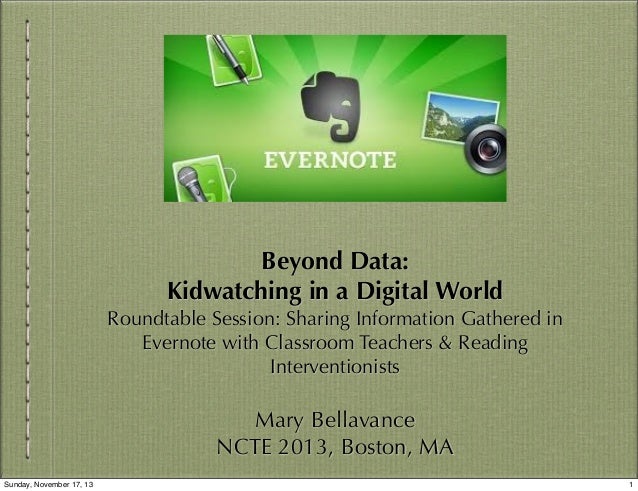

If you're dealing with a single user and their notes, this is the user's shard ID, eg "s29" or "s350”. The shardId can be obtained by calling the getUser method on the userStore object and inspecting the shardId attribute of the resulting user object. ShardId - the ID of the shard the note is on. The userId can be obtained by calling the getUser method on the userStore object and inspecting the id attribute of the resulting user object. If you are only handling a single user's notes, this is simply the user id. UserID- the ID of the user, it should be stated that unless otherwise noted the user ID referenced below is that of the of the owner of that note. Public Links can be disabled by the user on a individual basis.īefore we dive into the structure of a link we should first take a look at the components of the links: The user can then save that note to their Evernote account. Public links give access to view the note regardless of the share settings. Public Links are used to share a note with users who do not already have access though a web browser.

In-App Note Links also known as ‘Classic Note Links’ are used to reference a note in Evernote clients like when notes are linked to from within other notes and to open notes in a Evernote client in situations were it is known that the user already has access to the note. Note Links are used to reference a note in a web browser that when the recipient of the link already has access via notebook or individual note sharing. There are currently three types of links to notes offered by Evernote.


 0 kommentar(er)
0 kommentar(er)
